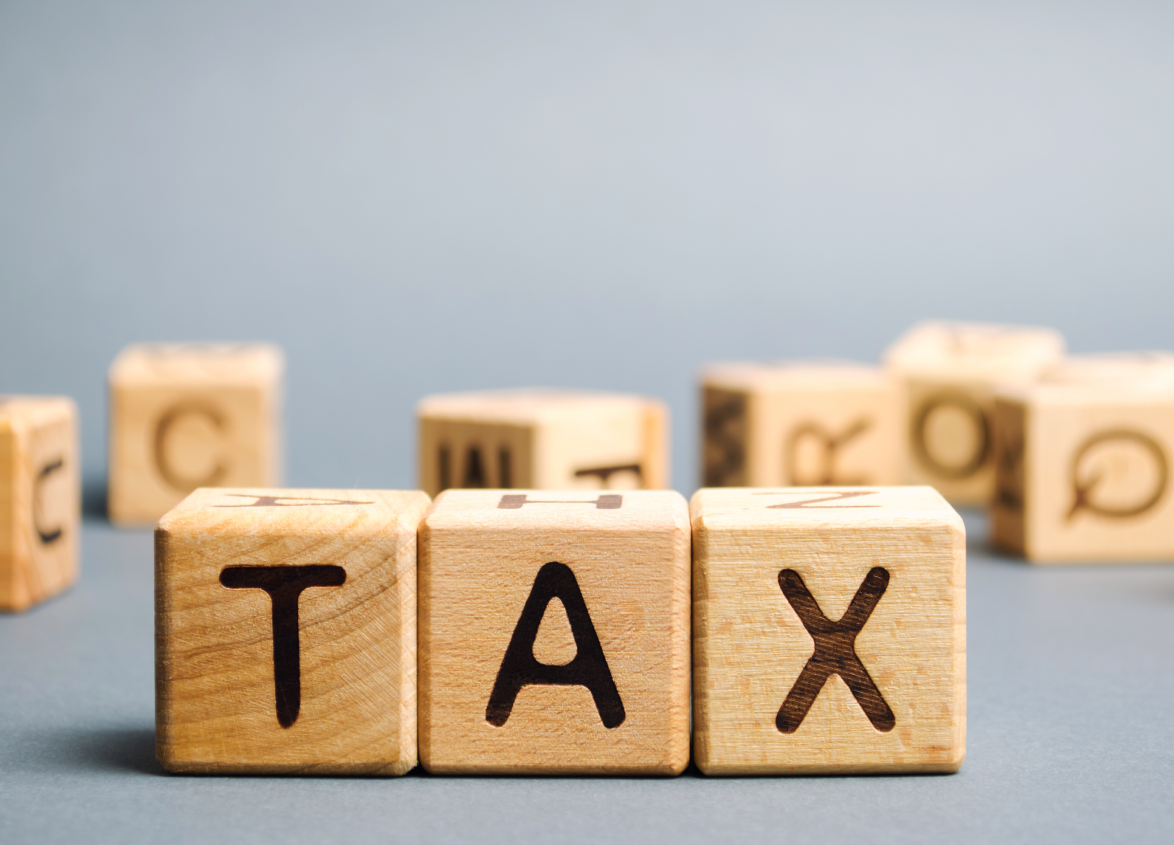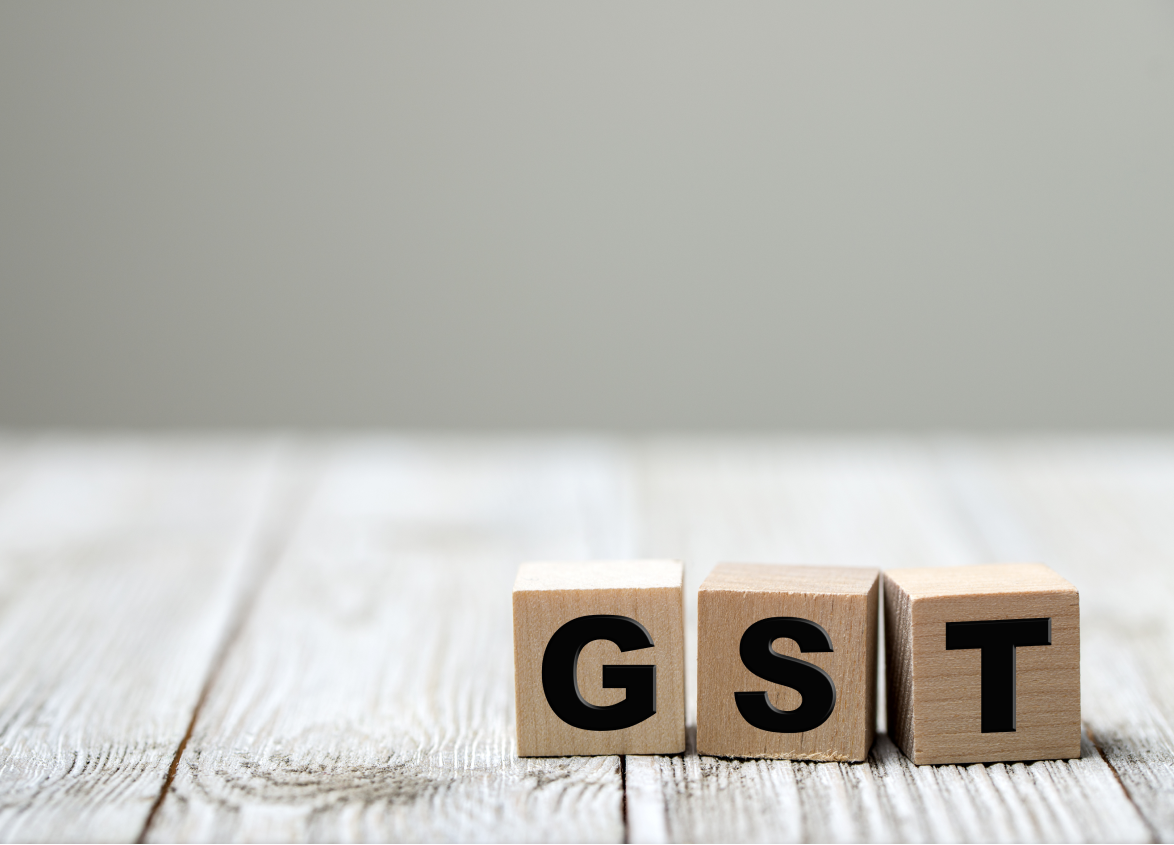
Residential
Difference Between Guidance Value and Market Value
August 25, 2025
When it comes to buying or selling property in India, understanding the key terms that affect property valuation is essential. Among the most important concepts are guidance value vs market value. These terms often confuse both first-time homebuyers and experienced investors. While they both relate to the monetary worth of a property, they serve different purposes in the real estate transaction process. This blog will help clarify the difference between guidance value and market value, how they are determined and the role they play in property transactions.
What is Guidance Value?
Definition
The guidance value, also known as the circle rate or Ready Reckoner Rate, is the minimum price at which a property can be legally registered with the government. Set by the local state government or the Sub-Registrar’s office, this value is primarily used to ensure transparency in property transactions, preventing undervaluation and the subsequent loss of tax revenue. It serves as a benchmark for calculating stamp duty and registration charges.
Factors Influencing Guidance Value
Location: Properties in prime areas, such as city centres or popular residential localities, generally have a higher guidance value due to higher demand.
Type of Property: Residential, commercial or industrial properties all have different guidance values. Commercial properties, in general, may have a higher guidance value due to their potential to generate more income.
Infrastructure and Amenities: Areas with good infrastructure, such as roads, schools, hospitals and public transport tend to have a higher guidance value.
Land Use Regulations: Local zoning laws and land-use policies can affect the government valuation, with residential zones generally having different guidance values than commercial or agricultural zones.
How to Calculate Guidance Value
To understand how to calculate guidance value, you need to consider various factors that influence the government valuation. The Ready Reckoner Rate or the circle rate is revised regularly, usually once a year, by local authorities. Buyers and sellers can check the guidance value on the official website of the Sub-Registrar office, which provides detailed information based on the location of the property.
What is Market Value?
Definition and Dynamics
Market value refers to the actual price that a property can fetch in the open market, considering its demand and supply and other economic factors. Unlike guidance value, which is fixed by the government, the market value is influenced by:
Demand and Supply: The more demand there is for a particular area or property type, the higher the market value.
Market Forces: Real estate market conditions, such as economic stability, interest rates and inflation, play a critical role in determining market value.
Location Factors: Proximity to key landmarks, such as business districts, schools, shopping centres and hospitals, significantly impacts the market value of a property.
Property Features: The condition, age, amenities and size of a property directly affect its market value.
While the market value of a property is dynamic and can fluctuate, it is generally higher than the guidance value due to the effects of demand and the willingness of buyers to pay more for a property that meets their needs.
Factors Influencing Market Value
Market value is typically higher than guidance value because it reflects current market conditions, buyer and seller preferences and supply-demand dynamics. For instance, if there is a high demand for residential properties in a particular locality due to urban expansion or improved infrastructure, the market value will increase, even if the guidance value remains static.
Moreover, buyers are often willing to pay a premium for properties that offer additional benefits such as prime location, superior amenities or modern features, which further drive up the market value above the guidance value.
Key Differences: Guidance Value vs. Market Value
Impact on Stamp Duty and Registration Charges
One of the key distinctions between guidance value vs market value is their effect on the stamp duty and registration charges.
Guidance Value: Stamp duty and registration charges are calculated based on the guidance value of the property, not the market value. This ensures that the state government receives a fair share of taxes, regardless of the actual sale price.
Market Value: While the sale price is based on market value, it must not fall below the guidance value. If the sale price exceeds the guidance value, both the buyer and seller are required to pay taxes and fees based on the sale price, which may be higher than the guidance value.
Why Market Value Generally Exceeds Guidance Value
Market value tends to exceed guidance value because it reflects market forces, buyer and seller dynamics and demand. For instance, if there is high demand for properties in an area due to new infrastructure or commercial growth, the market value of properties in that area will rise. However, guidance value may remain unchanged until the authorities adjust it to reflect the new market conditions.
Scenarios Where Guidance Value Might Be Higher Than Market
There are some rare cases where the guidance value may exceed the market value. This situation may occur due to factors like:
Overvaluation by Authorities: If local authorities have set the guidance value too high based on outdated information or overly optimistic projections of demand, it may end up being higher than the actual market value.
Property Market Slowdown: During periods of market stagnation or a slowdown in real estate activity, property prices can drop, while the guidance value remains unchanged. This can result in a scenario where the guidance value exceeds the market value.
Practical Advice for Property Transactions in India
For Buyers:
Understand the Market: Always check the market value and compare it with the guidance value to ensure you're not overpaying for the property.
Be Aware of Additional Costs: Even if the market value is below the guidance value, remember that you will still have to pay stamp duty and registration charges based on the guidance value.
Negotiate: If the market value is significantly higher than the guidance value, use this to negotiate the sale price or ask for a reduction in costs where possible.
For Sellers:
Set a Realistic Price: Understand the difference between market value and guidance value when pricing your property. Pricing your property too high based on the guidance value may make it difficult to sell.
Disclosure of Sale Price: If your sale price is above the guidance value, ensure that both parties understand that taxes will be based on the market value.
Conclusion
In conclusion, both guidance value and market value play significant roles in property transactions in India. The guidance value serves as a regulatory benchmark established by the government, primarily used to calculate taxes. In contrast, the market value represents the actual price that buyers are willing to pay for a property. Buyers and sellers need to be aware of both values to navigate the property registration and sale process efficiently. By understanding the nuances of these values, you can make more informed decisions when entering the real estate transaction market.
MUST READ
Looking for something specific?
We'd be delighted to help you.




























































































































































































































































































































































































































